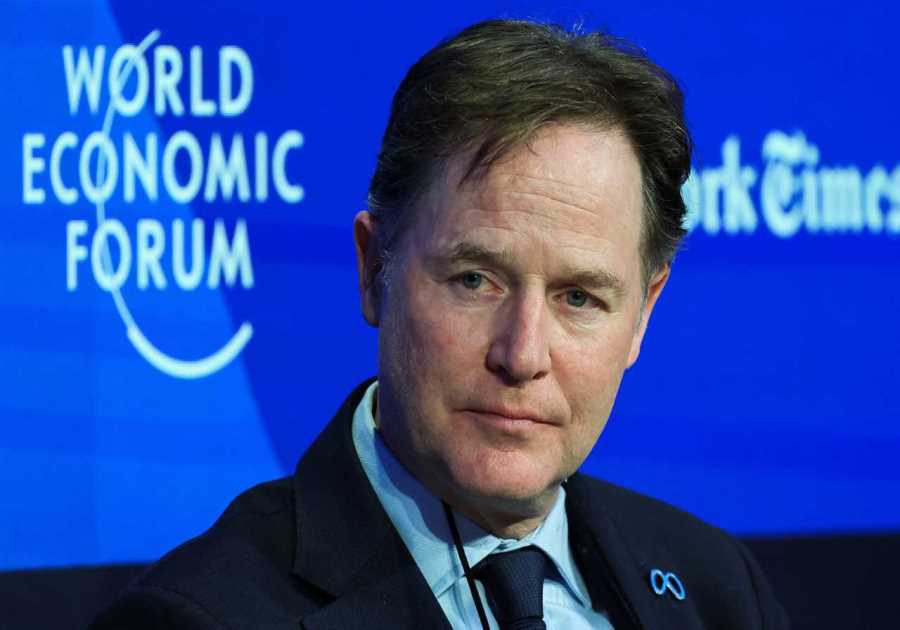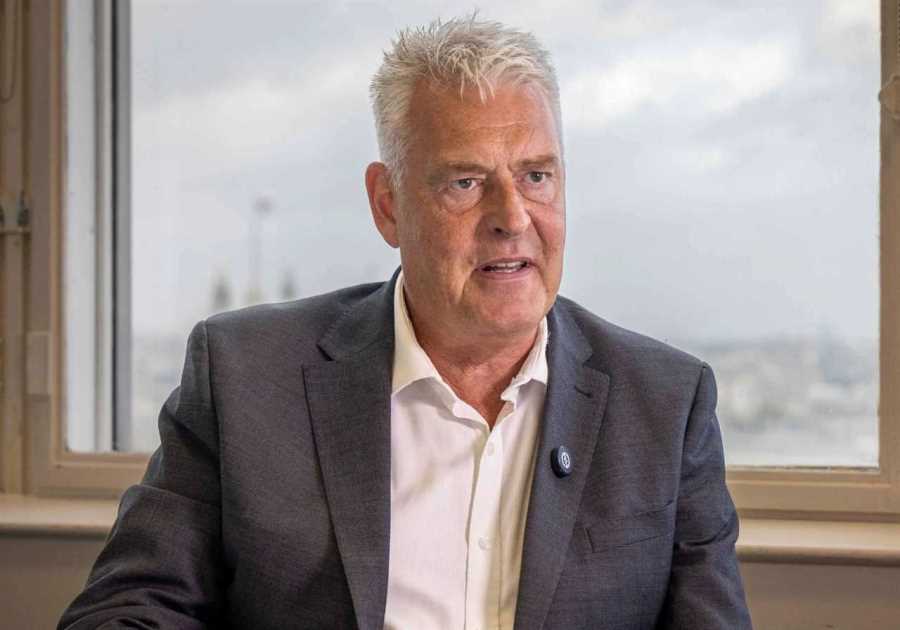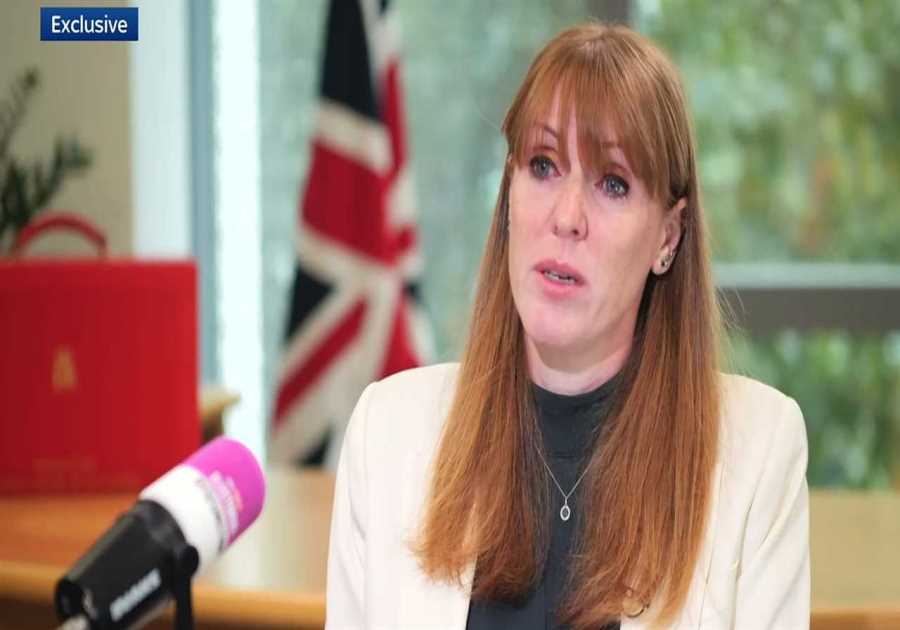
In a recent on-air appearance, a Treasury minister's apparent confusion regarding the details of the new £10 billion Lower Thames Crossing has sparked discussions on governmental transparency and project awareness. The proposed tunnel aims to connect Essex and Kent, with vague references made to linking the North with key ports in the South East. This incident raises broader questions about infrastructure planning and accountability, especially as the project is heralded as a pivotal moment for national development.
Unpacking Ministerial Oversight
The televised exchange, where key details seemed elusive to the minister, underscores the need for robust understanding and communication from government officials tasked with major infrastructure projects. The incident prompts reflection on the transparency and due diligence required in such significant ventures, questioning the depth of ministerial engagement with complex, high-budget initiatives.
The Wider Significance of National Infrastructure
Amidst the minister's uncertain responses, the broader context of national infrastructure development comes to the fore. Projects like the Lower Thames Crossing have implications far beyond their immediate geographical scope, influencing regional connectivity, economic activities, and environmental considerations. As such, the scrutiny on ministerial knowledge reveals underlying concerns about the thoroughness of infrastructure planning and its alignment with broader societal needs.
Challenges in Infrastructure Governance
The £9.2 billion Lower Thames Crossing represents a substantial investment in infrastructure, with promises of improved transportation links and economic opportunities. However, the incident highlights the challenges inherent in governance and oversight of such mega-projects, shedding light on the complexities of balancing economic development with environmental sustainability and public accountability. This episode invites reflection on the mechanisms in place to ensure responsible and informed decision-making in infrastructure initiatives.

Looking Ahead: Transparency and Public Trust
As the Lower Thames Crossing project moves forward, the incident with the Treasury minister serves as a reminder of the importance of transparency, accountability, and public trust in infrastructure development. Beyond the immediate confusion, it underscores the ongoing need for robust public engagement, clear communication, and diligent oversight to ensure that major projects align with societal priorities and values. In an era defined by complex challenges, the handling of infrastructure initiatives becomes a litmus test for effective governance and responsible leadership.
In conclusion, the recent episode involving the Treasury minister's uncertainty over the Lower Thames Crossing project encapsulates broader themes of governance, transparency, and public interest in infrastructure development. It prompts us to reflect on the intricacies of decision-making processes, the role of officials in major projects, and the fundamental importance of aligning infrastructure development with the needs and expectations of society at large. As discussions on the project continue, the incident stands as a poignant reminder of the complexities inherent in shaping the physical and social landscapes we inhabit.






